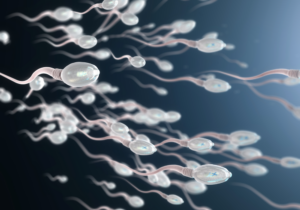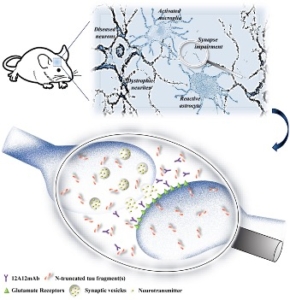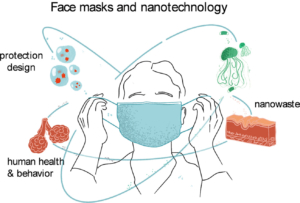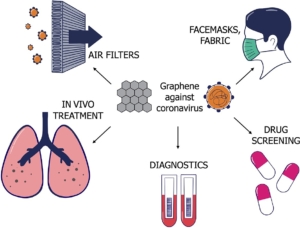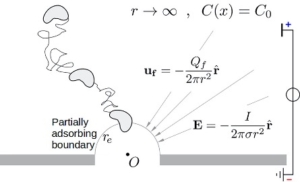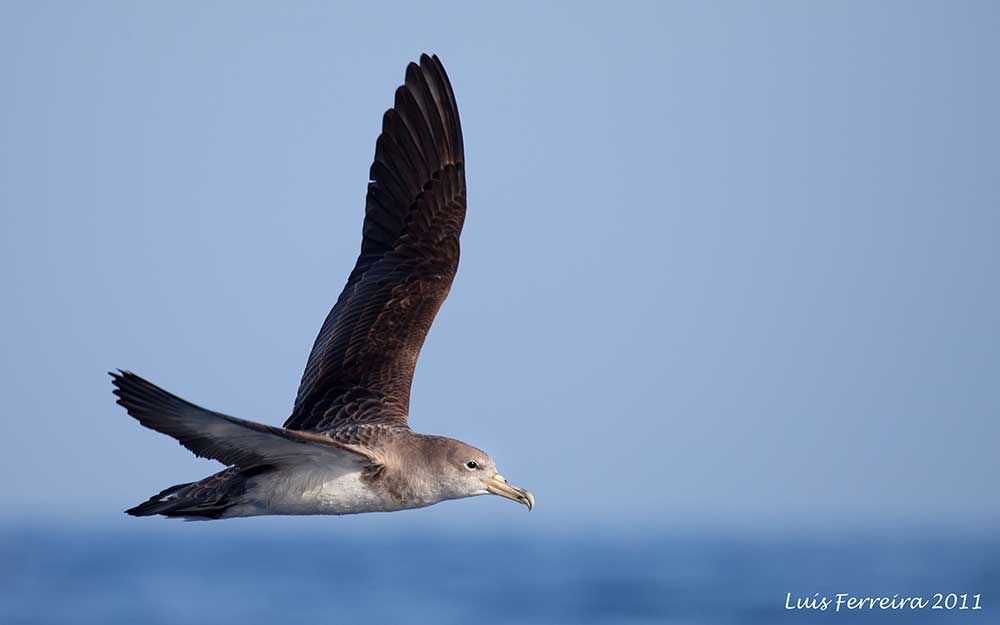Difetti e sincronizzazione in mezzi oscillatori disomogenei di Massimo Cencini
Massimo Cencini ci parla del problema della sincronizzazione tra oscillatori in presenza di disomogeneità spaziali oggetto di un suo recente lavoro di ricerca.
… Read the rest
L’accoppiamento tra oscillatori in sistemi estesi spazialmente tende a bloccare loro frequenza su un valore comune. In presenza di non-omogeneità spaziali, il blocco di regioni diverse a frequenze differenti porta alla parcellizzazione, ovvero a una serie di cluster sincronizzati (detti plateau).

